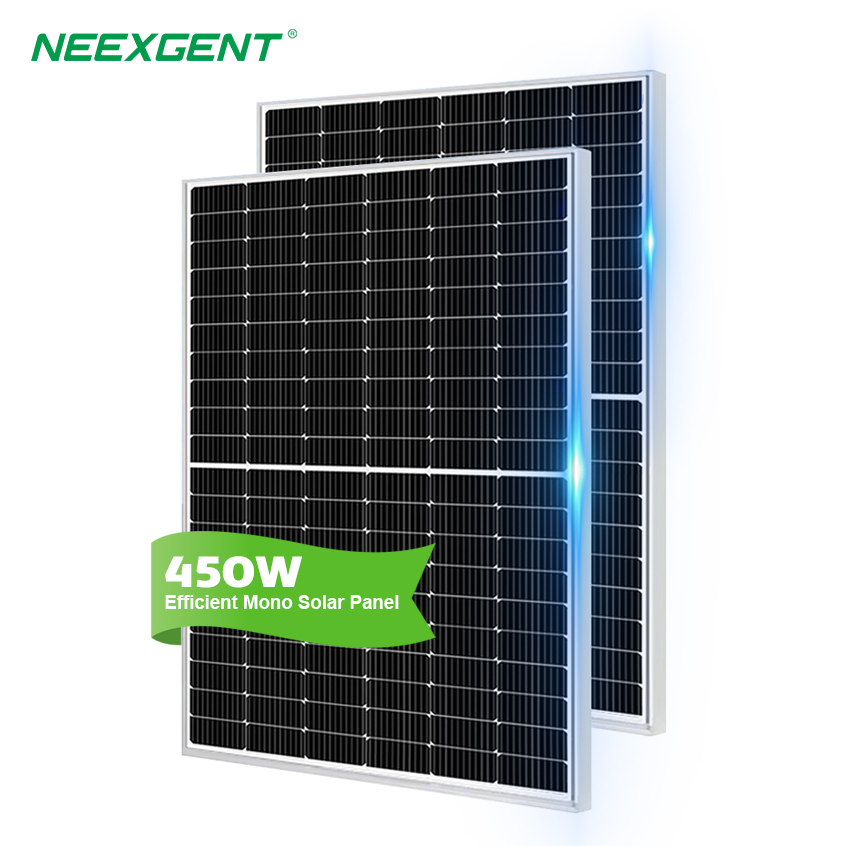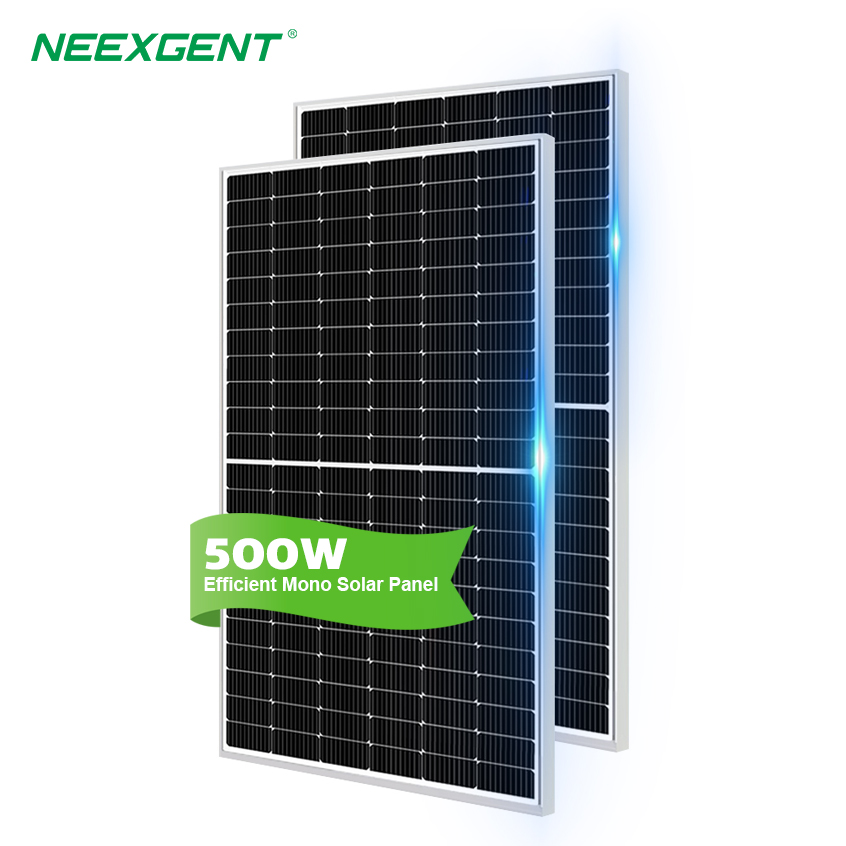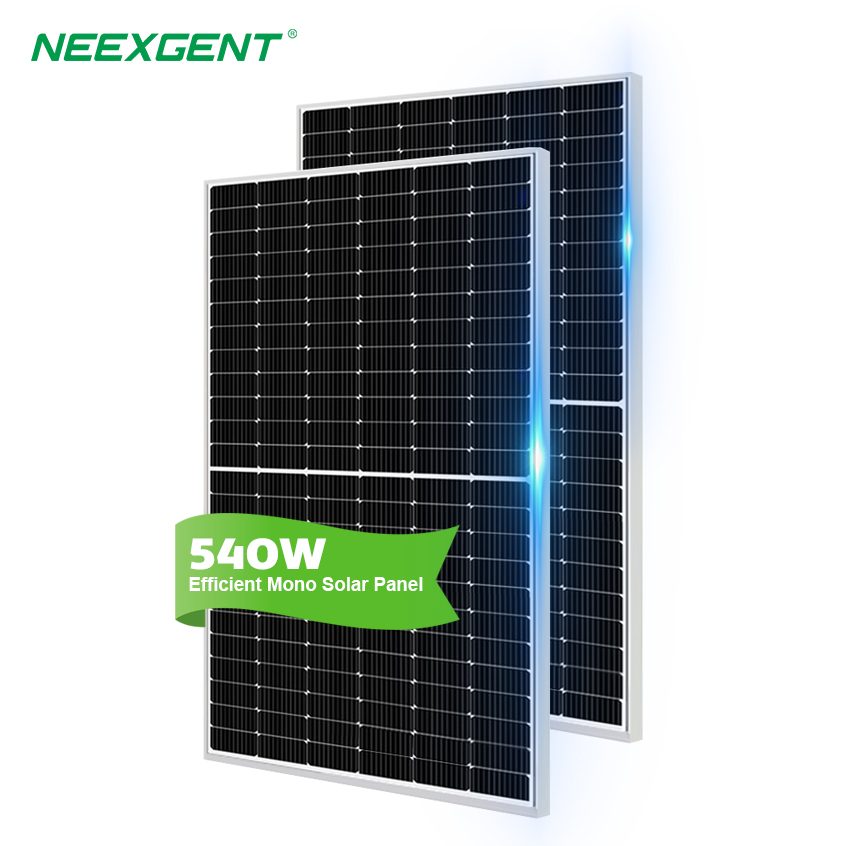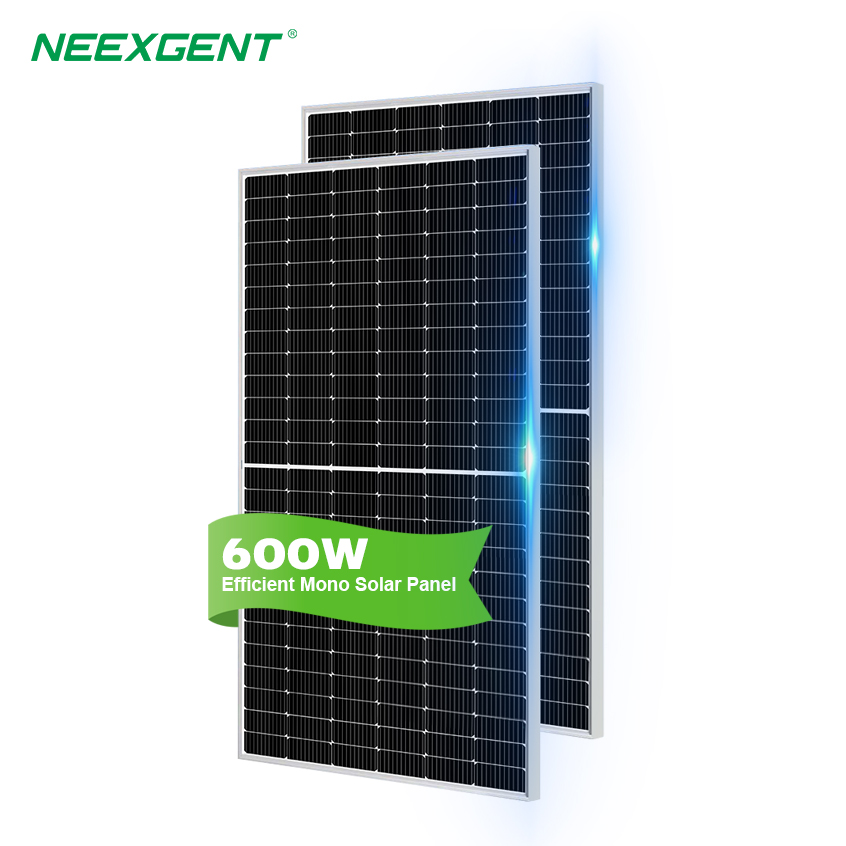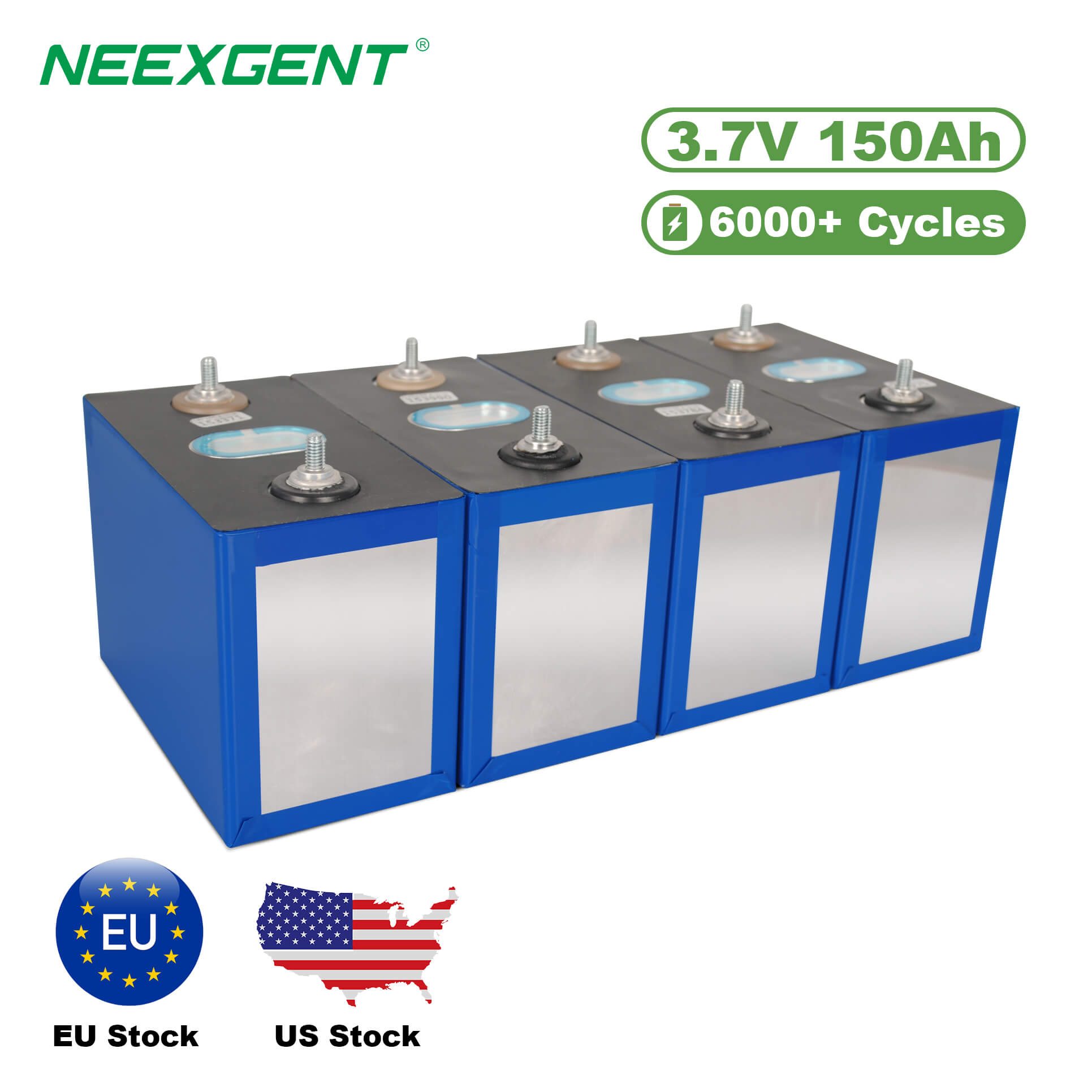Contents:
1. Factors Driving Solar Panel Adoption
2. Visualization of Solar Adoption Trends
3. Solar System Cost Breakdown
4. Regional Growth Opportunities
5. Industry Collaboration and Innovations
6. Contribution to Energy Needs
7. FAQs
Australia is renowned for its abundant sunshine, making it an ideal location for solar energy adoption. Over the past two decades, the country has witnessed a remarkable surge in the number of households installing solar panels. Recent data reveals that approximately 30% of Australian homes now have rooftop solar panels, a figure that continues to grow steadily.
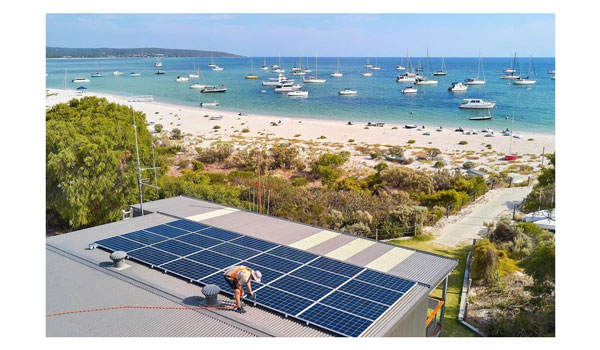
Factors Driving Solar Panel Adoption
1. Abundant Sunshine
Australia benefits from an average of 2,500 hours of sunshine annually, making solar energy a highly viable source of renewable energy for homeowners.
2. Government Incentives
Policies such as rebates, feed-in tariffs, and renewable energy targets have encouraged Australians to invest in solar technology. Many states offer subsidies that significantly reduce the upfront cost of installation.
3. Rising Electricity Prices
Increasing energy costs have prompted households to seek more affordable and sustainable alternatives. Solar panels help reduce electricity bills by allowing homeowners to generate their own power.
4. Environmental Awareness
A growing concern for climate change has led many Australians to adopt cleaner energy solutions. Solar power aligns with these values by reducing carbon footprints.
Solar Panel Penetration Across States
Solar adoption rates vary significantly by region. The states of Queensland and South Australia lead the charge, with over 40% of homes equipped with solar panels. In contrast, New South Wales and Victoria have lower penetration rates but are catching up due to increased awareness and falling costs.
Benefits of Solar Energy for Homeowners
-
Cost Savings
Solar panels can save households hundreds of dollars annually by reducing reliance on grid electricity.
-
Energy Independence
Homeowners with solar systems are less affected by power outages and fluctuating energy prices.
-
Sustainability
Each solar installation contributes to reducing greenhouse gas emissions, supporting Australia’s renewable energy goals.
Growth Trends and Projections
Solar adoption is expected to rise further in the coming years, driven by advancements in solar technology, improved battery storage systems, and ongoing government support. Analysts predict that by 2030, over 50% of Australian homes could be powered by solar energy.
Visualization of Solar Adoption Trends
Solar panel adoption in Australian homes over the past decade:
This chart visually represents the increasing adoption rate of solar panels in Australia, showcasing a clear upward trend.
Solar System Cost Breakdown
Below is an overview of the typical costs associated with installing and maintaining solar systems in Australia.
| Component |
Estimated Cost (AUD) |
Description |
| Solar Panels |
3,000 - 10,000 |
Varies based on size, type, and brand. |
| Solar Inverter |
1,000 - 3,000 |
Converts DC energy to AC energy for household use. |
| Battery Storage |
5,000 - 15,000 |
Optional for storing excess energy. |
| Installation |
2,000 - 5,000 |
Covers labor and installation costs. |
| Maintenance |
200 - 500/year |
Ensures optimal system performance. |
Regional Growth Opportunities
Regions with lower penetration rates, such as Tasmania and parts of Western Australia, present significant opportunities for market growth. Investment in infrastructure and awareness campaigns could further accelerate adoption.
Emerging Trends
-
Peer-to-Peer Energy Sharing: Innovative platforms are enabling households to trade surplus energy directly with neighbors.
-
Portable Solar Solutions: Demand is rising for smaller, flexible solar systems for camping and remote areas.
-
Hybrid Systems: Solar paired with wind or other renewable sources offers more consistent energy supply.
Challenges in Scaling Solar Energy Adoption
Despite significant growth, the solar energy industry in Australia faces challenges that need to be addressed to ensure sustainable expansion:
Key Challenges
1. Grid Integration Issues
- Increasing solar penetration strains the national grid, requiring investments in infrastructure and smart grid technology.
2. Upfront Costs
- While subsidies help, the initial investment remains a barrier for many households, particularly in low-income regions.
3. Recycling and Waste Management
- Managing end-of-life solar panels and batteries sustainably is an emerging concern.
4. Policy Inconsistencies
- Variations in state-level incentives and regulations create uncertainty for consumers and businesses alike.
Solar Energy Output by State
The table below highlights the average annual energy output of rooftop solar installations across various Australian states.
| State |
Average Energy Output (kWh/year) |
Remarks |
| Queensland |
7,000 - 9,000 |
High output due to abundant sunshine. |
| South Australia |
6,500 - 8,500 |
Strong adoption driven by incentives. |
| New South Wales |
6,000 - 8,000 |
Growing due to increasing awareness. |
| Victoria |
5,500 - 7,500 |
Potential for further growth. |
| Western Australia |
6,500 - 9,000 |
Large geographic area with high solar potential. |
Industry Collaboration and Innovations
Collaboration between government bodies, private companies, and research institutions is essential to overcome these challenges and accelerate solar adoption.
-
Research Investments: Developing more efficient panels and recycling solutions to improve sustainability.
-
Flexible Financing Models: Expanding lease-to-own and community solar options to reduce upfront costs.
-
Smart Energy Management: Implementing AI-driven tools to optimize energy production and consumption.
Contribution to Energy Needs
Solar panels in Australia are not just widespread but also highly effective in meeting household energy demands. On average, a typical 6.6kW solar system can cover around 60-80% of a household’s annual electricity consumption, depending on location and usage patterns.
Societal and Environmental Impact
The widespread installation of solar panels has significantly reduced reliance on fossil fuels, leading to lower carbon emissions. For homeowners, the economic benefits are equally compelling:
-
Solar energy has led to substantial savings on electricity bills, with some households reporting reductions of up to $1,500 annually.
-
The reduced strain on the national grid also contributes to a more stable energy system, particularly in regions prone to outages during peak demand.
Communities with high solar penetration often inspire neighboring areas to follow suit. The visibility of solar panels on rooftops creates a ripple effect, driving further adoption as more people witness the tangible benefits of renewable energy.
Through consistent efforts and widespread adoption, solar power has become an integral part of Australia’s energy landscape, reflecting the nation’s shift toward sustainable living.
As solar panel adoption continues to rise, it’s clear that the move toward renewable energy in Australia is gaining momentum. The financial incentives, combined with technological advancements, have made solar energy a more accessible option for many households. With continued support from both the government and the private sector, Australia is poised to see even greater integration of solar power into everyday life.
FAQs
As of 2024, over 30% of Australian homes are equipped with solar panels, making Australia one of the world leaders in solar adoption per capita.
Australia's abundant sunlight, government incentives, and rising electricity costs have all contributed to the growing popularity of solar panels among homeowners.
Homeowners can save hundreds of dollars annually on their electricity bills, with the potential for even greater savings if they utilize battery storage or participate in feed-in tariffs.
High upfront costs, the need for roof space, and the lack of access to financing for some homeowners can be barriers, though incentives and rebates have made installation more affordable.
Yes, as energy prices continue to rise and renewable energy policies strengthen, more Australians are expected to adopt solar panels, leading to further growth in installations.

